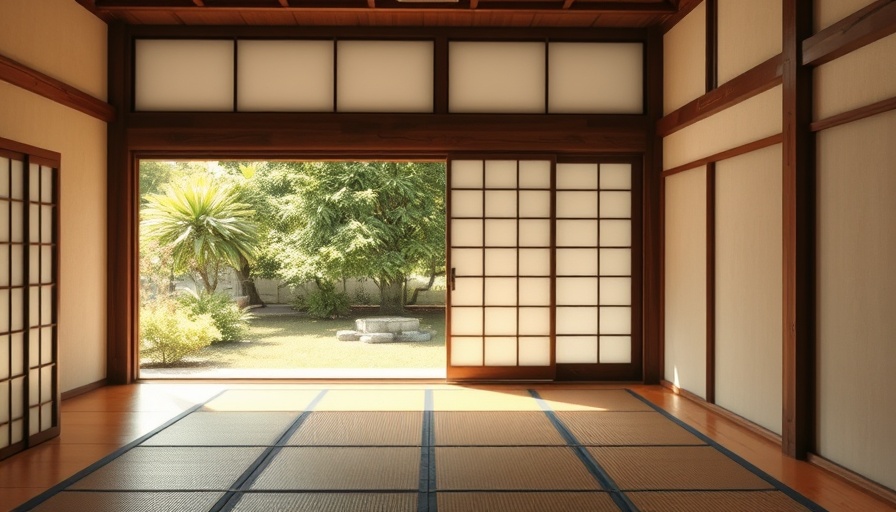
The Revival of Sukiya-Style Architecture in Kyoto
Hotel VMG Villa Kyoto, designed by Moriyoshi Naotake Atelier, represents a remarkable fusion of history and modernity. Nestled in the cultural heart of Kyoto, this hotel is a renovation of a traditional Sukiya-style building originally constructed in 1920. Built by a skilled carpenter renowned for creating teahouses in the iconic Gion area, the structure was historically significant, serving as a venue for traditional tea ceremonies. Its preservation not only honors Kyoto's architectural heritage but also sets a precedent for how we can adapt historical spaces for contemporary use without losing their essence.
Blending Past with Present: Innovative Design Solutions
The architects faced the challenge of integrating necessary modern amenities while preserving the building's unique character. The existing ceiling, intricately designed and pivotal to the aesthetic of sukiya-style architecture, was preserved instead of being altered. This decision reflects a commitment to maintaining the cultural and historical integrity of the space. New lighting solutions, such as indirect lighting in floor furniture, have been incorporated in a way that respects the original architectural details.
Exclusive Features: Each Room a Retreat
Once inside Hotel VMG Villa, guests are greeted by rooms that have been thoughtfully designed to foster tranquility, with large openings that invite views of the surrounding garden. The uneven floor plan, characteristic of sukiya architecture, creates a fluid spatial experience, enhancing the connection between indoor and outdoor environments. This design philosophy not only enhances guests' comfort but also immerses them in Kyoto's rich cultural landscape.
Future of Renovation: Lessons and Opportunities
As travelers increasingly seek unique and immersive experiences, renovations like Hotel VMG Villa illustrate the potential for architects and contractors to transform historic buildings into modern accommodations while preserving their cultural significance. Future projects can take inspiration from this approach, balancing the need for modern facilities with a respect for historical architecture.
 Add Row
Add Row  Add
Add 

 Add Row
Add Row  Add Element
Add Element 






Write A Comment